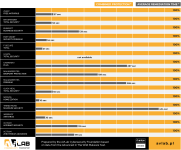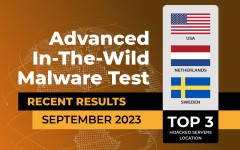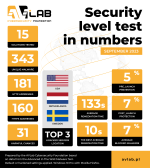- Apr 9, 2018
- 182
Dear All,
We have been already published a new publication and the results of the Advanced In-The-Wild Malware Test.
Publication to reading and conclusions: Multi-layer Protection – The Key To Effective Protection Against Malware – Conclusions From The Test In September 2023 » AVLab Cybersecurity Foundation
Recent Results in details: https://avlab.pl/en/recent-results/
Awards & Product Cards in details: Awards » AVLab Cybersecurity Foundation
And some changes have been added in this edition. Let's check our transparency webpage: Changelog » AVLab Cybersecurity Foundation
We have been already published a new publication and the results of the Advanced In-The-Wild Malware Test.
Publication to reading and conclusions: Multi-layer Protection – The Key To Effective Protection Against Malware – Conclusions From The Test In September 2023 » AVLab Cybersecurity Foundation
Recent Results in details: https://avlab.pl/en/recent-results/
Awards & Product Cards in details: Awards » AVLab Cybersecurity Foundation
And some changes have been added in this edition. Let's check our transparency webpage: Changelog » AVLab Cybersecurity Foundation



